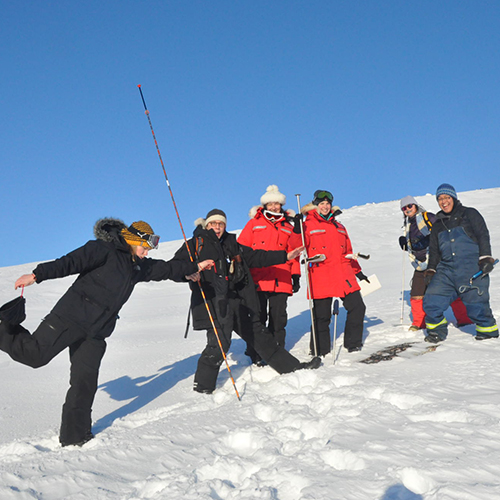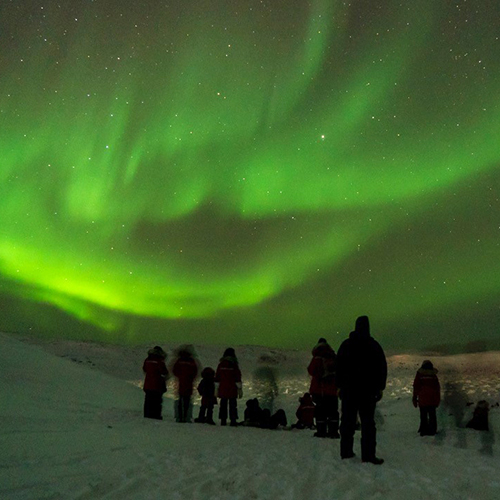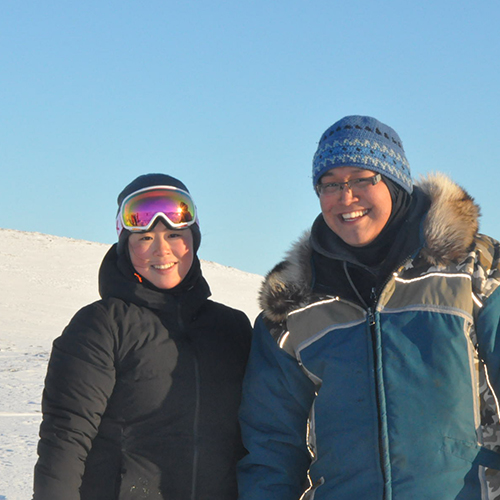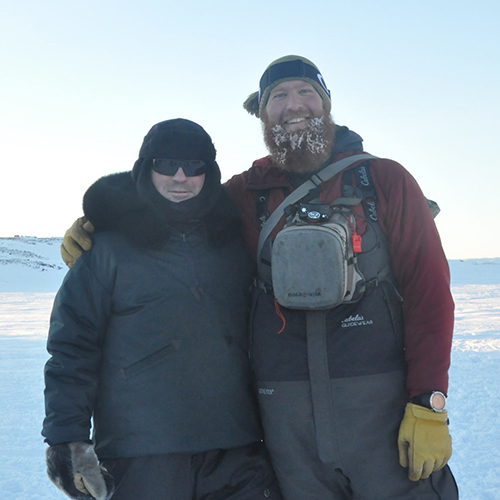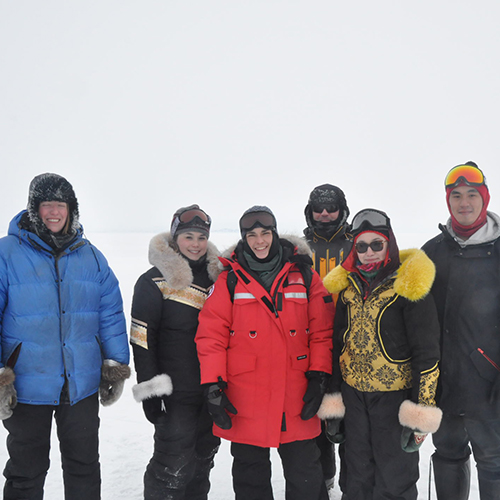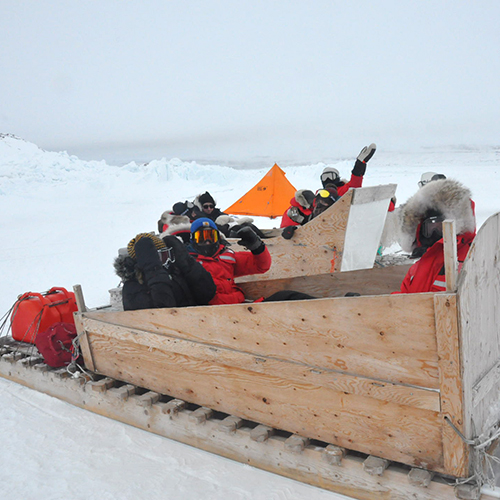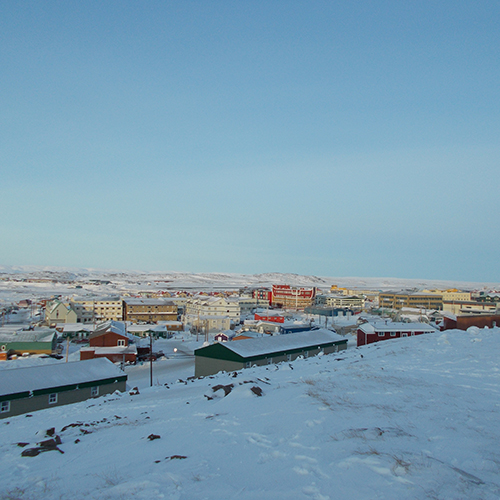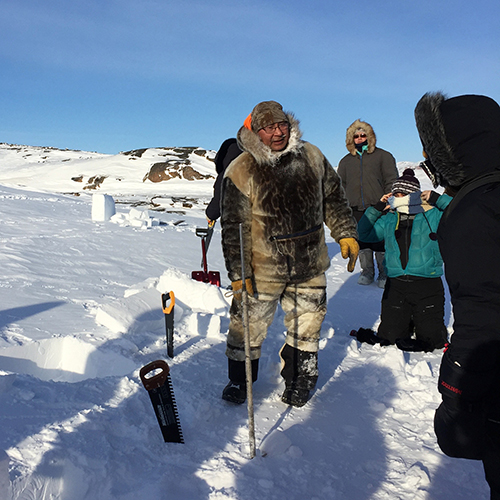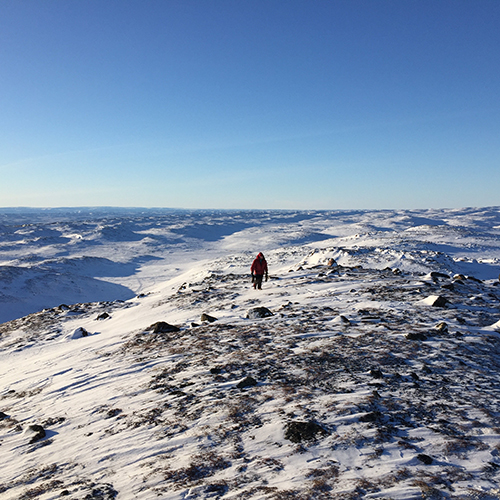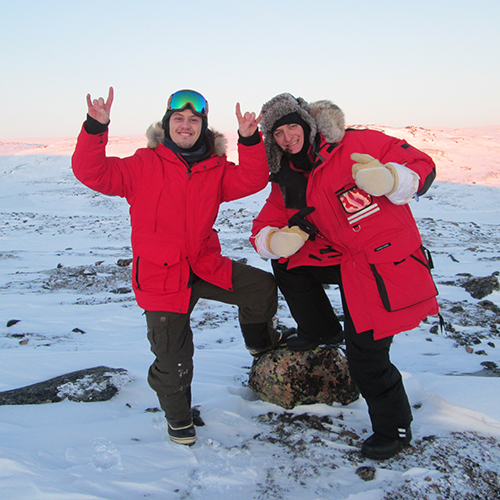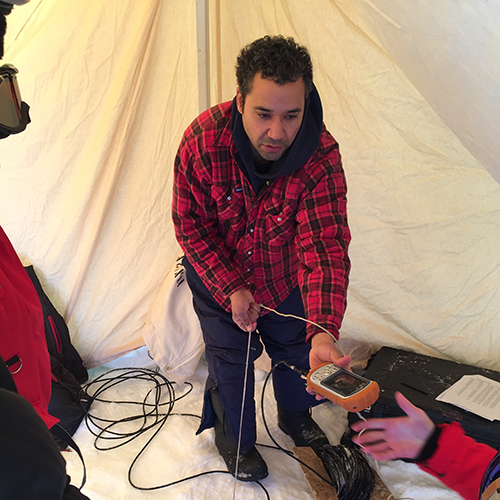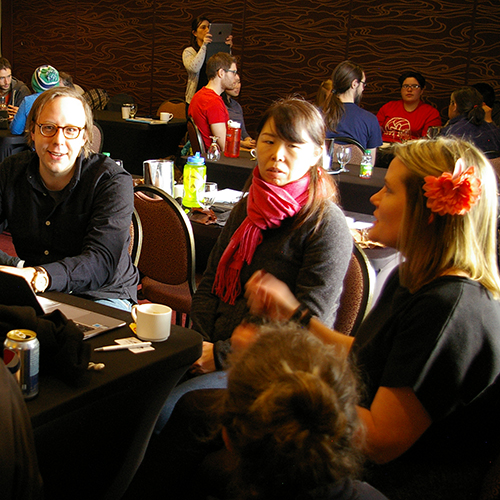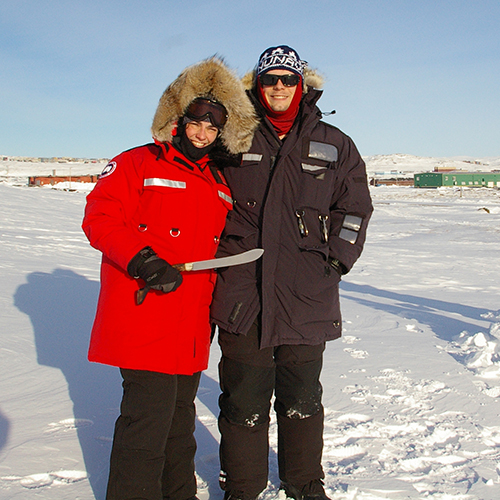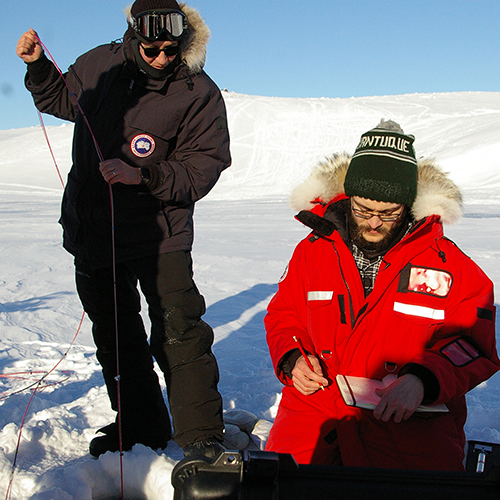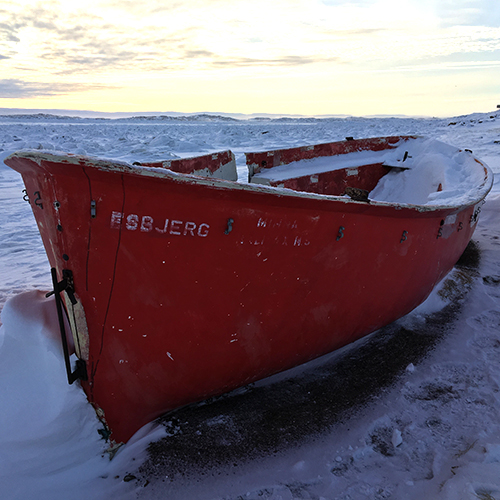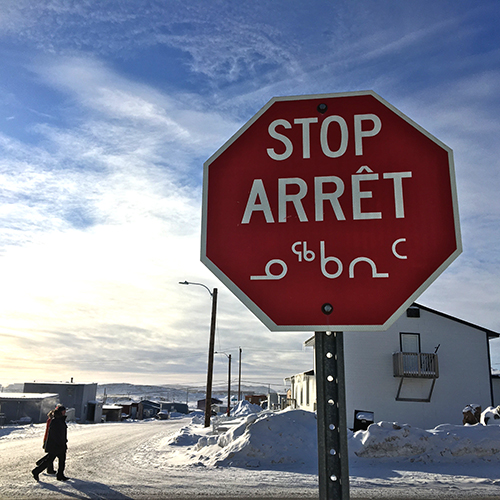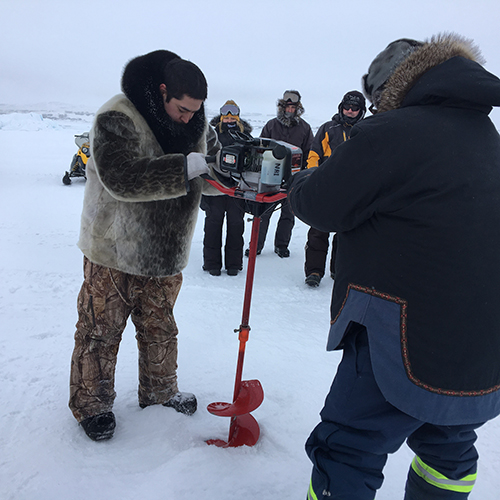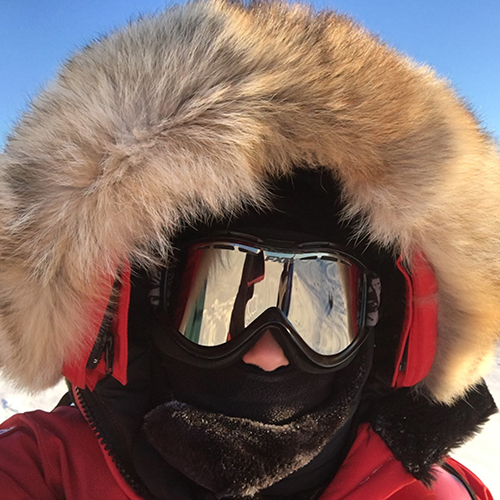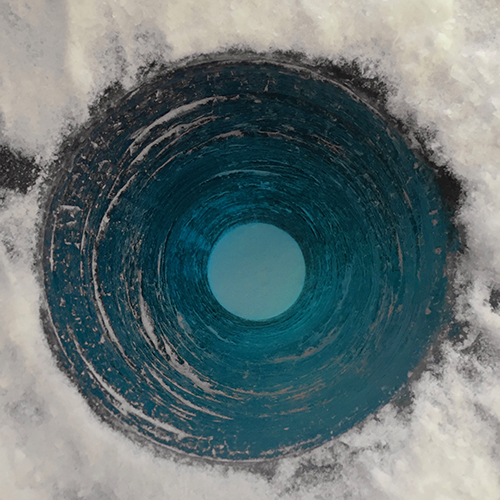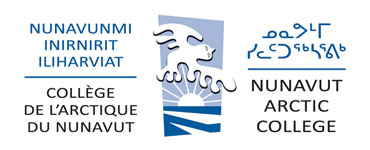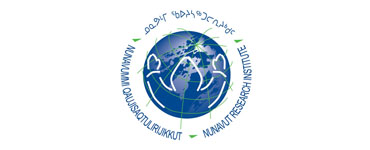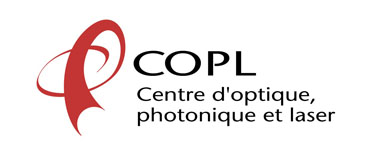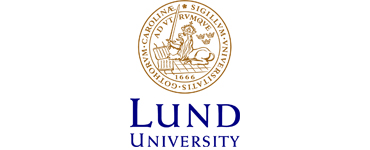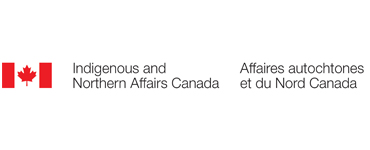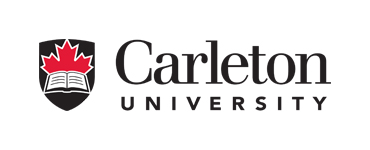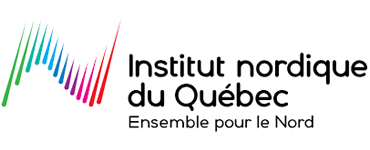|
I had so much fun meeting students and mentors from around the world and learning about many areas of Arctic science. Going out on the land and the sea ice was an excellent complement to the talks and in-class exercises and helped me begin to understand the Arctic.
Jonathan Raberg, étudiant au doctorat, Dép. des sciences géologiques
Institut de recherche arctique et alpine, Université du Colorado
The IAFS in Iqaluit was a fantastic experience. It is really hard to choose just one favourite part of the school, but working with community members was definitely a highlight. Going out on the land with local Environmental Technology Program students, Inukpak Outfitters, and mentors provided me with an entirely new perspective of the cryosphere. Thank you!
Gillian Thiel, étudiante à la maîtrise, géographie physique
Université Queen's
I don't think people have really sunk in what a accomplishment it is. It truly is an opportunity for young, early career scientists to work with our students in our environment. I think the students from the south will learn a bit about Inuit language and culture.
Mary Ellen Thomas, Agente de recherche sénior
Nunavut Research Institute
I really enjoyed my experience at the IAFS. It made me aware of the differences between conducting northern and southern research as the physical and social conditions are different, and to learn this was an opportunity that I wouldn't have gotten elsewhere. As a bonus, I got the opportunity to test the prototype of my master's project as part of the training.
Gabriel Lachance, étudiant à la maîtrise, Dép. de génie électrique et de génie informatique
Université Laval
The IAFS taught me the basics of snow, glaciers, permafrost, and related circumpolar sciences so that I may bring this knowledge forward in my interdisciplinary health sciences research, in an aim to better understand how climate change impacts northern populations’ food security, nutrition, and chronic disease management.
Sappho Z. Gilbert, MPH, étudiante au doctorat, Dép. d'épidémiologie des maladies chroniques
École de santé publique de Yale / Initiative pour la santé et le changement climatique
Sentinel North IAFS gave me a solid idea for my next research in Nunavut because I met the right people to carry it out which the IAFS made a connection for me. Thank you again and best wishes for the Sentinel North's future endeavors!
Yukari Hori, candidate au post-doctorat, Dép. des sciences physiques et environnementales
Université de Toronto à Scarborough
For the students here, Sentinel North is fairly important because it puts more of a human face on the researchers.
Catriana Popoff, étudiante au programme ETP
Nunavut Arctic College
I was very proud to be a part of the Sentinel North IAFS. Seeing the students from ETP in Iqaluit come together with students from around the southern world, listen to one another, and learn from one another, was very cool. I feel that this is exactly the sort of thing that northern research needs.
Keegan Smith, M.Sc., technicien de recherche, Global Water Futures
Université McMaster
The international students are getting a different perspective about life in the North from NAC students. They will learn things that they might not read in newspapers. I am hoping that when they leave, they will have realized that the changes that are going on in the Arctic are not just happening to the wilderness and the ecosystems, but that it is happening to people, their families, their livelihood and their culture.
Jason Carpenter, Instructeur sénior
Nunavut Arctic College
|











